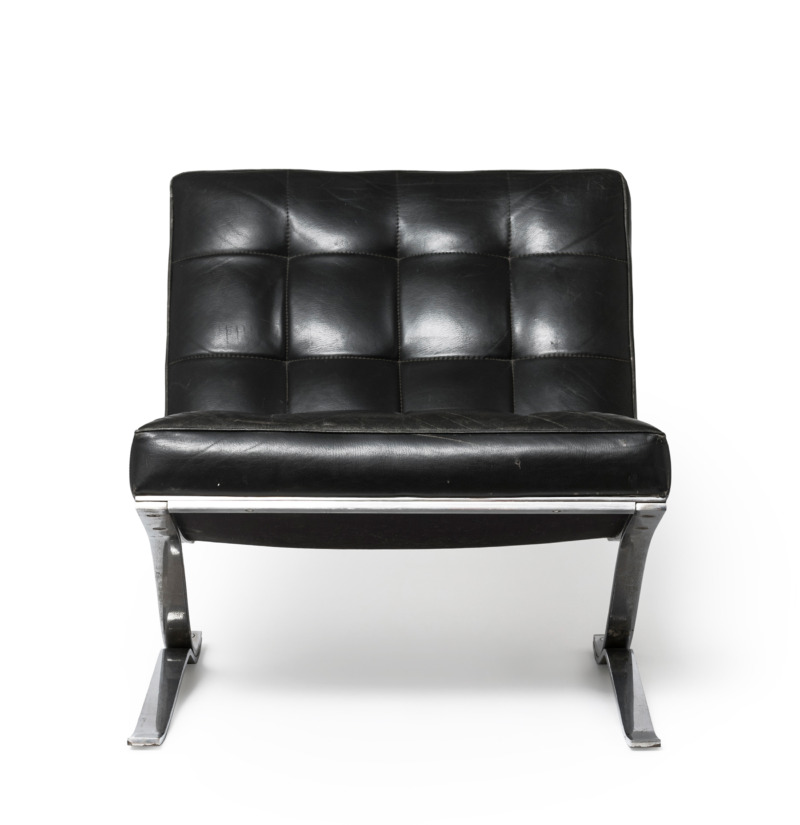This month we present nine things of the month at once: this 1950s camping tableware has two cups including saucers, a sugar bowl with lid and a milk jug.
Small cutouts on the handles allow all the pieces to fit neatly into the can, where a lid with a bayonet mount allows them to be transported safely.
The tableware was designed in 1957/58 by Hans Merz at the Institute of Applied Arts in East Berlin and was also available in beige, yellow, green and red. It was made of the then novel, particularly stable and tasteless plastic “Meladur”.
At that time, the GDR leadership was striving to increase consumer goods production by using synthetic materials. These were produced from Soviet crude oil in the so-called Central German chemical triangle between Halle, Merseburg and Bitterfeld, the foundations of which had already been laid during World War I with the construction of a BASF ammonia plant in Leuna.
While Merz’s design in its simplicity echoes the functional Werkbund and Bauhaus modernism and also received the “Outstanding Design” award in the GDR, the East German Chemical Triangle today also stands for massive environmental pollution that accompanied its production.
The camping tableware is one of numerous everyday East German products on display in our exhibition “the early years. mart stam, the institute and the collection of industrial design” until August 30, 2021.



